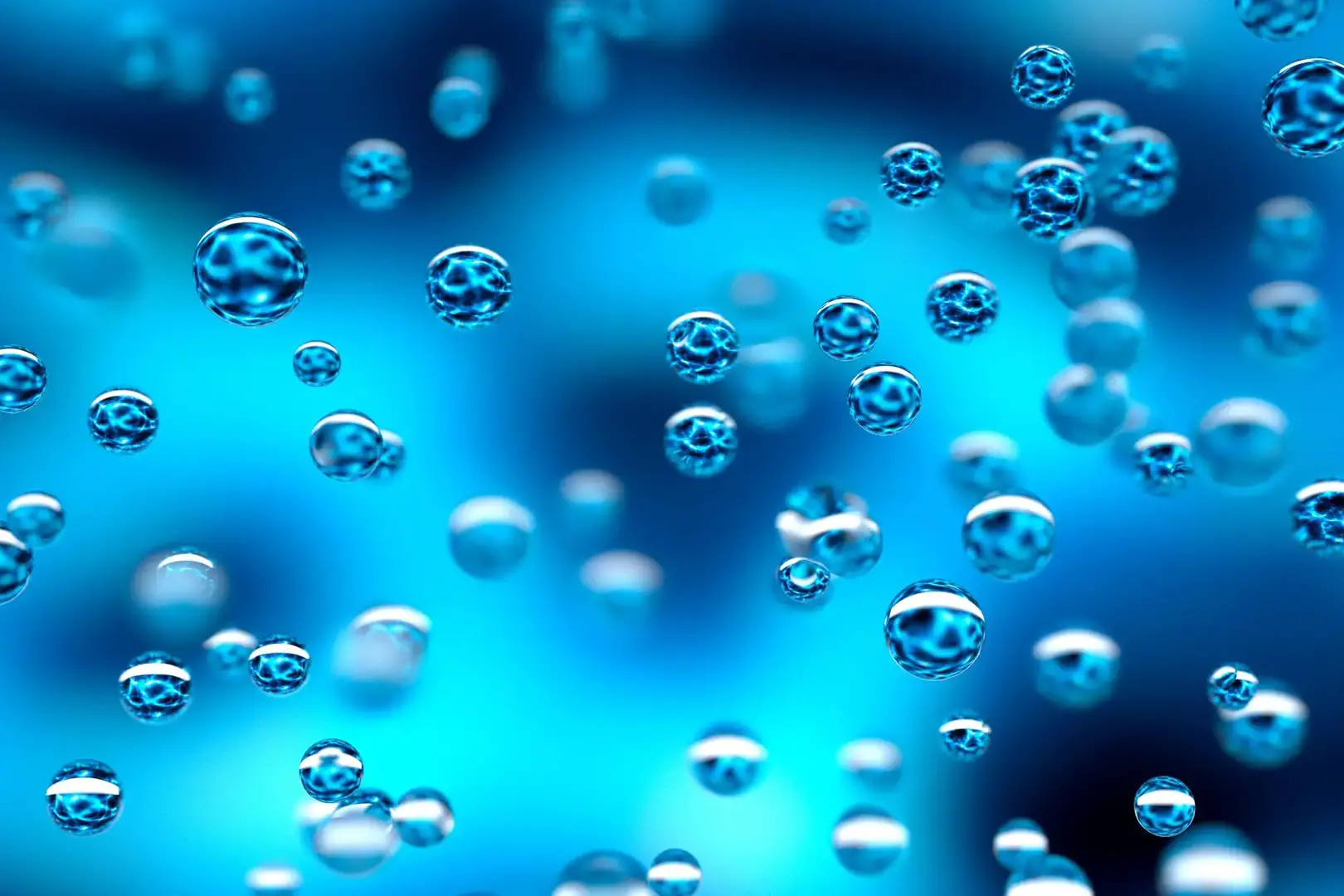KAUST researchers observed that as water droplets condense from the air onto a cold, oil-covered surface, the droplets begin a complex dance. This movement, which resembles a process known as the Cheerios effect in which floating grain crops tend to clump together due to surface tension, could help speed up the harvesting of water from the atmosphere in arid regions such as Saudi Arabia.
“We are interested in designing surfaces that can facilitate the condensation of water, which has important applications in heat transfer and water harvesting,” says Marcus Lin, a research scientist in Dan Daniel’s laboratory who led the research. Droplets condensing on a typical hard surface adhere to the surface with minimal movement. “Imagine water condensing on a cold soda can,” says Lin. “Drops only move when they get big enough for gravity to pull them down.”
Amazing movements of drops
Daniel, Lin and their co-workers realized that adding a thin film of oil would lubricate the surface, resulting in highly mobile droplets that would increase the condensation rate by making room for more droplets to condense. Daniel says the idea worked, but the complex paths the droplets followed were a complete surprise.
When the droplets reached a critical size, they began to move through the oil in a different pattern, resembling an intricate dance. “At first they moved like a snake, then they moved into a circular motion and then back again,” Lin says. “These movements occurred on scales ranging from micrometers to several centimeters and lasted for hours.”
The driving force behind the process is that water droplets floating on oil are attracted to their neighbors, just like Cheerios in milk. The movement of larger droplets is driven by the energy released as they absorb smaller droplets in their path.
Moving droplets redistribute the oil film and move through the coil into circular motion as the film is locally depleted. As local oil recovers, the snake dance begins again.
Such devices, which can effectively capture water from the air through simple condensation without using energy, are widely sought as pressure on freshwater resources increases, says Daniel. “By optimizing the collective movement of condensing droplets, we can significantly increase the condensation rate and therefore design more efficient water collection systems,” he says.
The team plans to continue investigating the mechanisms of droplet motion, specifically investigating the transition from serpentine to circular motion. “Another important aspect is the exploration of potential applications, especially to improve heat transfer and water harvesting,” adds Lin.
Source: Port Altele
